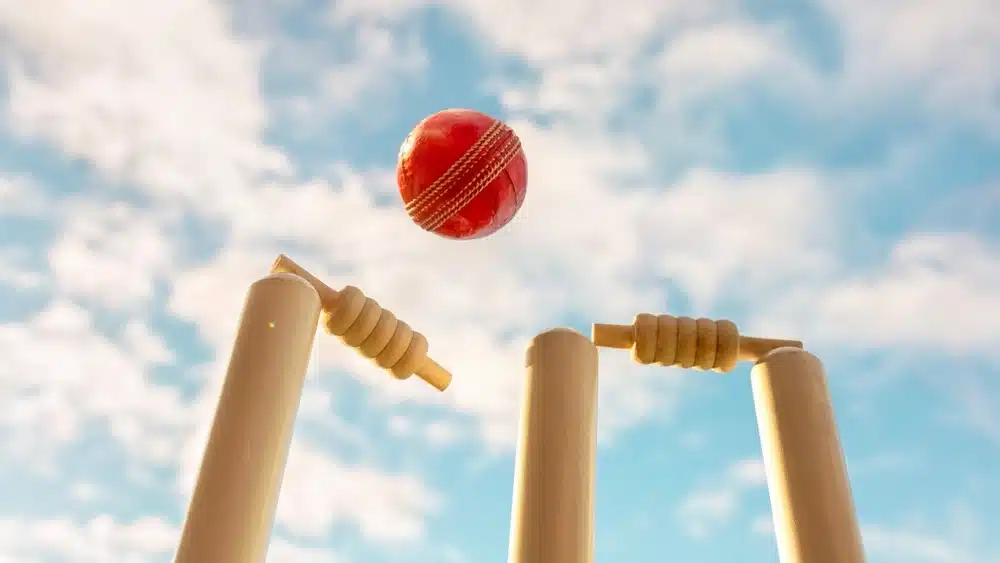
Although the concept of playing Test cricket in a day-night format has been doing rounds for more than two decades, it only came to fruition in 2015.
Australia and New Zealand played the first-ever day-night Test at Adelaide in the 2015 Trans-Tasman Trophy.
Apart from the new playing hours, the other major difference in day-night Test matches is the use of a pink ball, instead of a traditional red ball, for better visibility after the sunset.
But what is the difference between pink ball and red ball other than the colour?
Difference between pink ball and red ball
The pink balls, like their white counterparts, are painted to produce their colour, and a polyurethane coat is given to preserve the bright pink shade for longer durations.
On the other hand, the wax-coated red ball loses its colour quicker and appears brown when playing under the floodlights, making it difficult for the batsmen to spot.
Although the core component (cork) remains the same for both red and pink balls, there is a difference between the stitch. While the red ball is stitched with a white thread, a pink ball is stitched with a black thread to provide contrast.
However, contrary to the common notion that pink balls are lighter than red balls, there is no difference in weight between the two. All cricket balls, including the white balls in limited-overs, weigh between 156 and 162 grams.
Manufacturers’ differences
The pink ball and red ball may have more differences depending on the manufacturer.
Currently, there are three major manufacturers of cricket balls in the world - Duke, Sanspareil Greenlands (SG) and Kookaburra and each of them uses different seams for different coloured balls.
In the pink-ball Test matches played so far, batsmen have had mixed reviews for the pink ball. Some say it is difficult to spot under lights and batting gets tougher with more lateral movement.
"It is much more challenging to play with a pink ball regardless of the pitch you play on,” Indian captain Virat Kohli said before the pink-ball Test against England in February.
“Especially in the evening, if as a batting team, you are starting your innings under lights then that one and a half hour is very challenging.”
The swing factor: A no from NASA
Scientists have, however, quashed the theory of the pink ball swinging more than the red ball or providing more assistance to bowlers after the sunset.
“All the other perceptions of the pink ball I believe are just plain rubbish, including this theory that it swings more during the twilight session,” said Dr Rabindra Mehta, an experimental aerodynamic scientist at NASA, told the Indian Express.
“As far as the ball and its properties are concerned, that's not going to change with respect to the weather conditions. I have written many, many articles and have said categorically that the weather has no effect on the swing.”
The usage of the pink ball is still in its nascent stage and as we play more matches with it, we will have more revelations about its properties. But for now, the major difference between the pink ball and the red ball is the coating and the stitching.




















